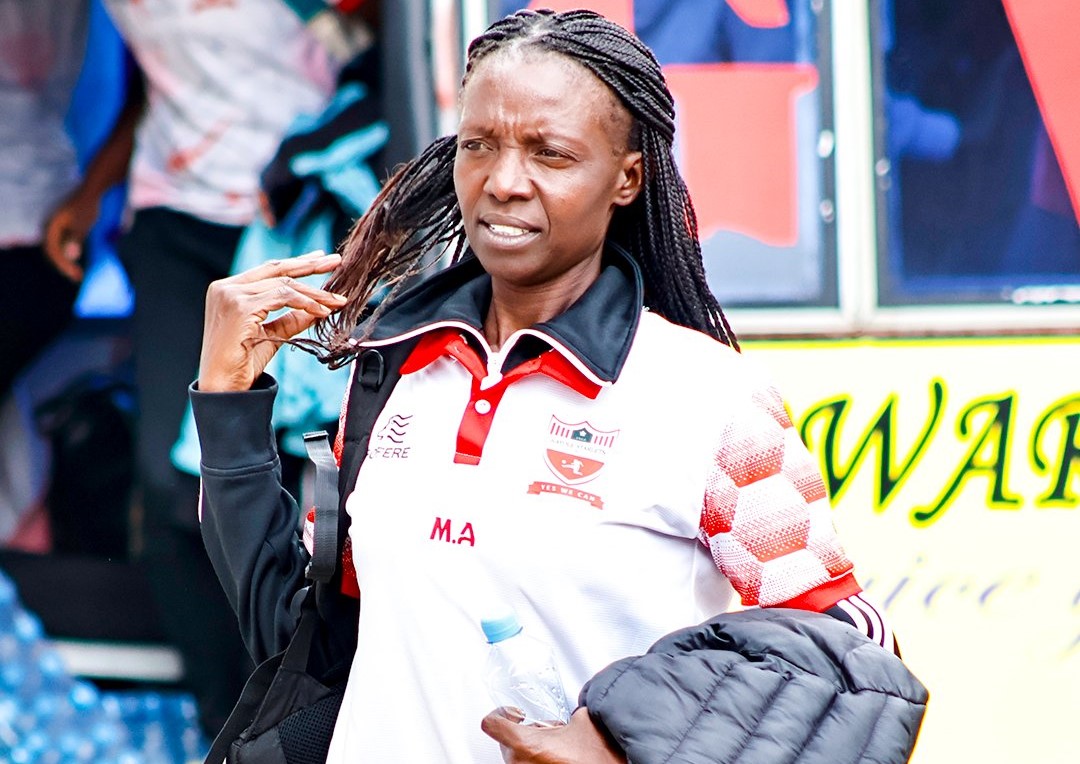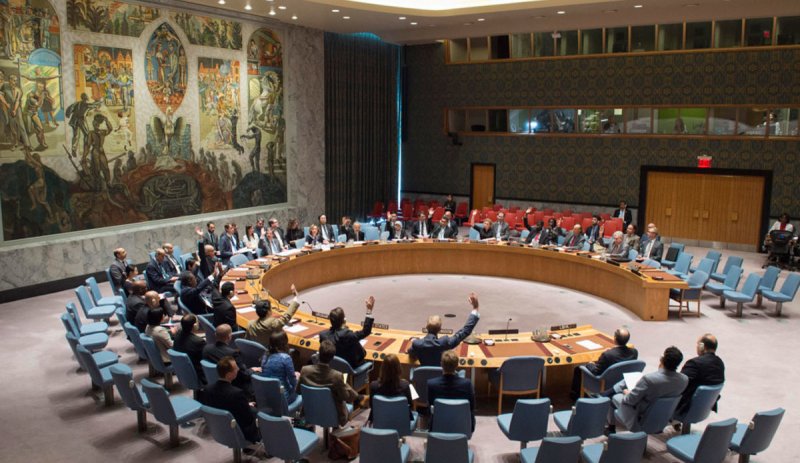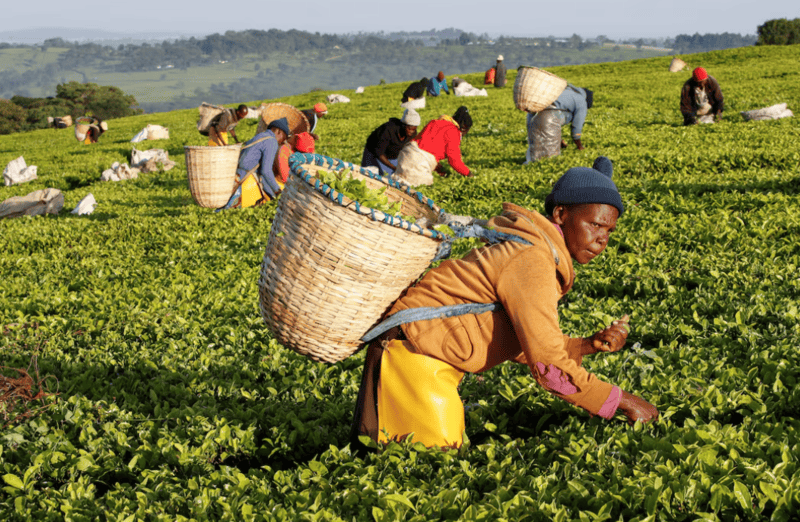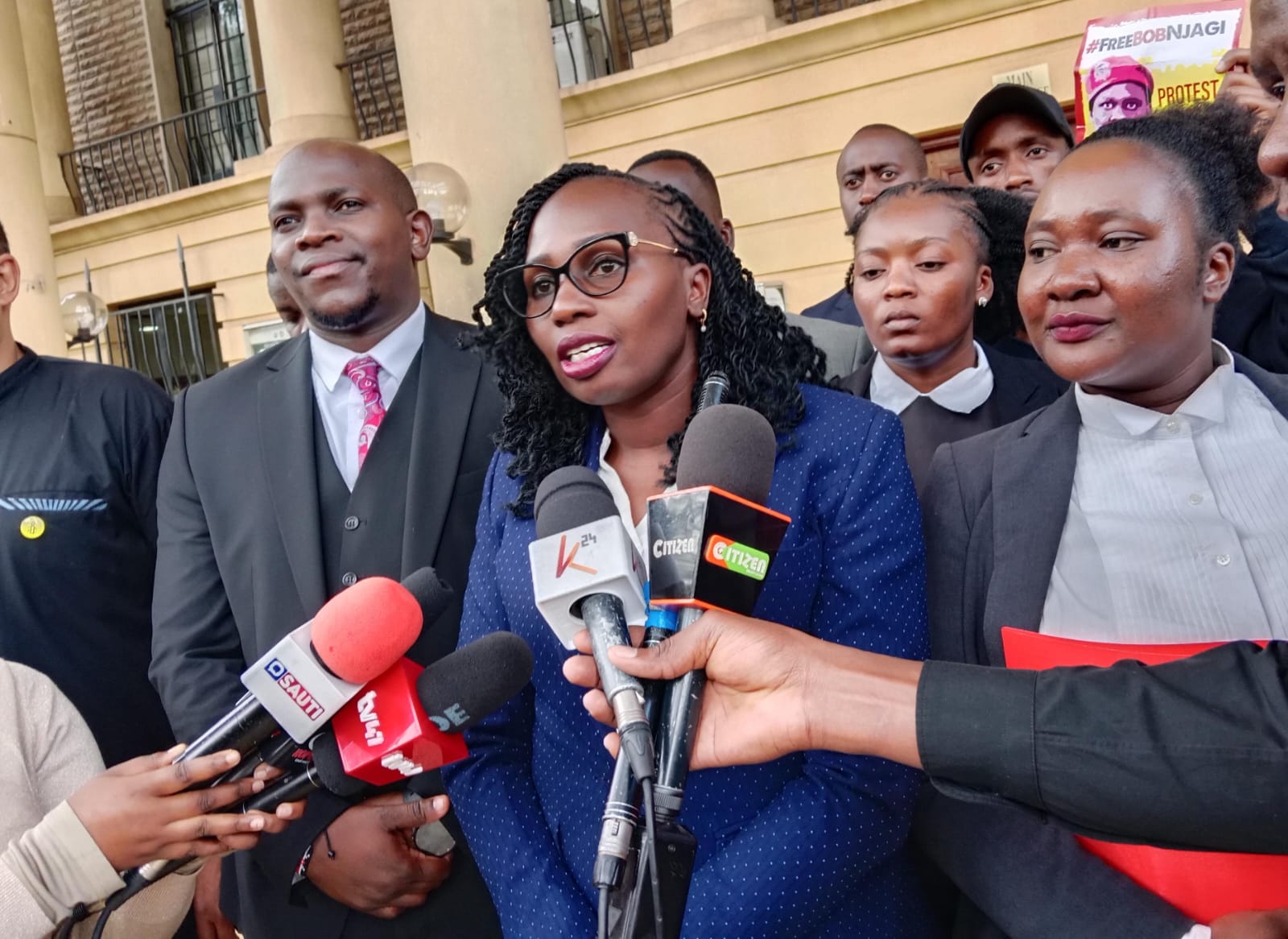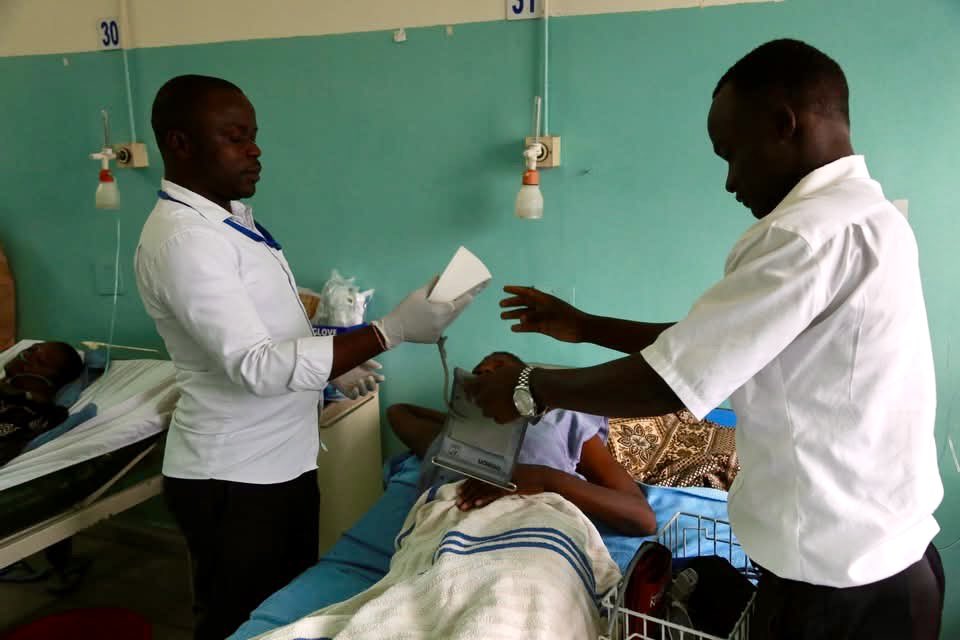Revenue-sharing formula development stalled by cash crisis
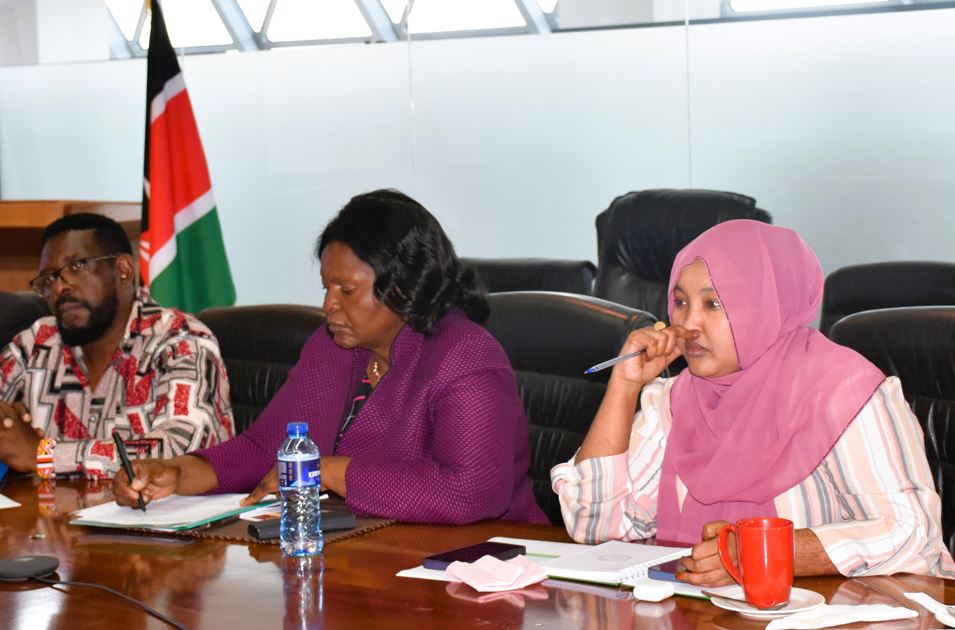
The CRA chair revealed that the commission requires Sh30 million to finalise its engagements on the fourth-generation formula.
The development of a new revenue-sharing formula among counties has hit a significant roadblock due to a severe cash shortage at the Commission on Revenue Allocation (CRA).
CRA Chairperson Mary Wanyonyi during an interview with The Star revealed that the commission requires Sh30 million to finalise its engagements on the fourth-generation formula.
More To Read
- CoB: Billions in potential revenue lost amid weak enforcement in counties
- Bill expanding Senate's powers sparks debate over oversight, budget control
- Kenya's oversight bodies crippled by underfunding, government disregard, report reveals
- Counties face centralised revenue control under new Treasury regulations
- Senators vow to block revenue formula slashing funds for 21 counties
- Senate committee rejects CRA revenue plan, backs baseline guarantee to protect county funding
"For the fourth basis, we are looking at not more than Sh30 million at the moment," Wanyonyi said.
The setback follows Parliament's decision to cut the CRA's budget from Sh516 million to Sh366 million, stemming from the withdrawal of the Finance Bill, 2024.
Wanyonyi explained that this budget cut has led to a cash crisis, hampering vital operations of the commission, which is responsible for developing the revenue-sharing framework.
"Basically, nine per cent of our budget is what is left for our programmes, which is our mandate. Otherwise, we will just be going to work to earn salaries," she noted.
She further indicated that 65 per cent of the commission's budget is allocated to personnel costs, while only nine per cent is designated for programmes, with the remainder covering maintenance and operations.
"I cannot tell you when we shall complete the formula because we are short of resources. We are hoping to get some resources from the National Treasury," Wanyonyi added.
The new revenue-sharing framework is intended to dictate distribution among counties for five years, covering the period from 2025-26 to 2029-30.
Timeline pushed back
Initially, the commission aimed to submit the final formula to the Senate in July, but this timeline has been pushed back due to financial constraints.
"For us to be able to engage widely, we need to have some resources. Our budget was cut as was with everybody else's," Wanyonyi explained.
Last month, the commission released a draft formula after extensive consultations with stakeholders, including the Council of Governors.
Wanyonyi mentioned that the CRA received "diverse and interesting" feedback that necessitates further discussions before finalising the formula.
"Our wish was by the end of July. We should have given the country a formula," she said.
Once completed, the Senate will review and refine the formula before approving it in December, allowing it to inform the revenue share for the next fiscal year.
In the draft formula, the CRA emphasised population as a key factor in determining counties' revenue shares.
The proposed framework reduces the number of guidelines from eight to six and adjusts the weights assigned to various factors.
Notably, the population index now carries the most significant weight at 36 per cent, up from 18 per cent in the current formula, sparking backlash from leaders of less populous counties.
Additionally, the geographical size parameter, another contentious issue, has seen its weight increase to 10 per cent from eight per cent, prompting demands from some leaders to include water bodies in this calculation.
The CRA has maintained the basic share while raising its weight from 20 per cent to 26 per cent. This change acknowledges that some governmental expenditures are somewhat uniform across all counties.
Lastly, the weight assigned to the roads index has been reduced to four per cent from eight per cent, based on the county's classified road network.
The CRA clarified that this measure aims to address developmental gaps as outlined in Article 203.
Top Stories Today
Reader Comments
Trending



